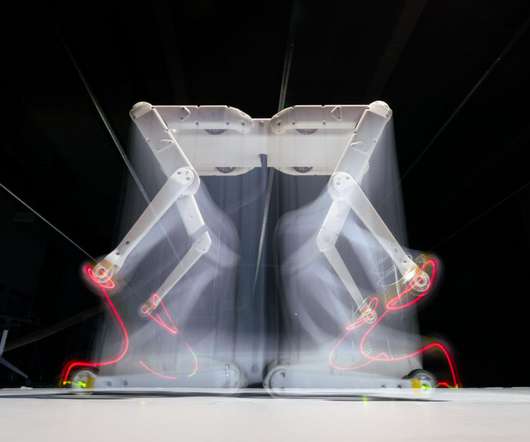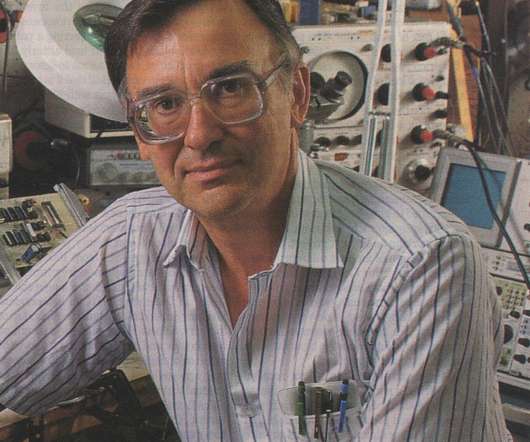UPS, NYSERDA project to convert UPS diesel delivery trucks to electric; UES 225 kW switched reluctance motor
Green Car Congress
NOVEMBER 9, 2017
UPS and Unique Electric Solutions LLC (UES LLC) will design, build, test and make the conversions. NYSERDA is providing $500,000 in funding to develop and test the conversion system. If successful, the Bronx-based project is expected to bring a production version of the converted truck to the streets of New York City by Spring 2018.












Let's personalize your content